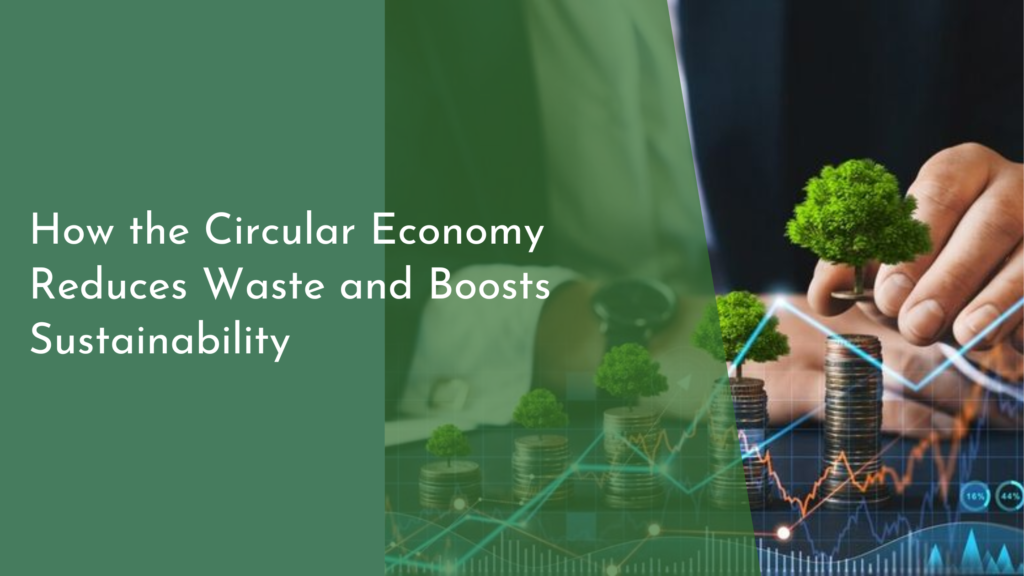Challenges in Transporting Harvested Rainwater Across Large Areas
Rainwater harvesting is an increasingly popular practice that captures and stores rainwater for various uses, particularly in areas facing water scarcity. However, the effectiveness of this initiative can be significantly hindered when it comes to transporting the harvested water across large distances. This article delves into the importance of transporting harvested rainwater, the challenges faced in long-distance transportation, innovative solutions being implemented, and the future of sustainable water transport systems.
Understanding the Importance of Harvested Rainwater Transport
Transporting harvested rainwater is crucial, especially in regions where rainfall is plentiful, but access to clean water remains a challenge. By moving this precious resource to areas in dire need, communities can improve their water security, alleviate pressure on local water supplies, and enhance agricultural productivity. In addition to supporting human consumption, harvested rainwater can benefit local ecosystems, helping to recharge groundwater and maintain biodiversity.
Moreover, efficient transportation of harvested rainwater can enable large-scale water management systems, empowering municipalities and rural areas alike. As climate change leads to irregular rainfall patterns, the ability to transport rainwater becomes a vital strategy in combating droughts and ensuring that water is available when and where it is needed most. This shared resource fosters community resilience and promotes sustainable practices, making it essential for addressing global water challenges.
Key Challenges in Long-Distance Rainwater Transportation
Despite its importance, transporting harvested rainwater over long distances presents several challenges. One of the most significant obstacles is the infrastructure required to facilitate this movement. Many regions lack the necessary pipelines or gravity-fed systems to transport water efficiently, leading to potential losses due to evaporation or contamination during transit. In addition, the cost of building and maintaining such infrastructure can be prohibitively high, especially in economically disadvantaged areas.
Another challenge is the variability in rainfall patterns, which can lead to inconsistent water availability. Regions that rely on rainwater harvesting must plan for fluctuating supplies, making it difficult to create a reliable transportation schedule. Moreover, the quality of harvested rainwater can be compromised if not stored properly. Contaminants that accumulate during collection or transportation can render the water unsafe for consumption, presenting public health risks to communities relying on such systems.
Innovative Solutions for Efficient Water Distribution
Fortunately, innovative solutions are being developed to tackle the challenges of transporting harvested rainwater. One promising approach is the use of mobile storage tanks and modular systems that can be quickly deployed to areas needing water. These flexible solutions allow for efficient collection, storage, and distribution without the need for extensive infrastructure. Additionally, solar-powered pumps are gaining traction, making it easier to move water to hard-to-reach areas without relying on traditional energy sources.
Technological advancements in water purification also play a crucial role in ensuring the quality of transported rainwater. Advanced filtration systems can be integrated into transportation methods to remove contaminants, ensuring that the water remains safe for use. Moreover, community engagement and education are vital in ensuring that local populations are aware of best practices for maintaining water quality throughout the transportation process. By fostering collaboration between communities, governments, and NGOs, the transportation of harvested rainwater becomes more efficient and sustainable.
The Future of Sustainable Water Transport Systems Unveiled
Looking ahead, the future of sustainable water transport systems appears bright, with the potential to revolutionize how communities manage their water resources. Emerging technologies such as drone delivery systems and automated water distribution networks could significantly reduce transportation times and costs. By leveraging these advancements, communities can enjoy more reliable access to harvested rainwater, ultimately enhancing their resilience to climate change.
Furthermore, as awareness of water scarcity issues continues to grow, investment in rainwater transport systems is likely to increase. Governments and organizations are beginning to recognize the importance of integrating these systems into their water management strategies. This shift could lead to a future where harvested rainwater is not only a supplementary resource but a mainstay in the quest for sustainable water solutions across the globe. Community involvement and innovative planning will be key to achieving these ambitious goals, fostering a sense of empowerment and collective responsibility for water conservation.
In conclusion, while transporting harvested rainwater across large areas presents various challenges, innovative solutions and community efforts can pave the way for more effective systems. As we embrace the importance of sustainable water transport, we move closer to creating a world where every community has reliable access to clean water, regardless of their geographical constraints. With continued advancements in technology and collaborative efforts, the future of harvested rainwater transportation holds great promise, ensuring that this precious resource is available to all who need it.


